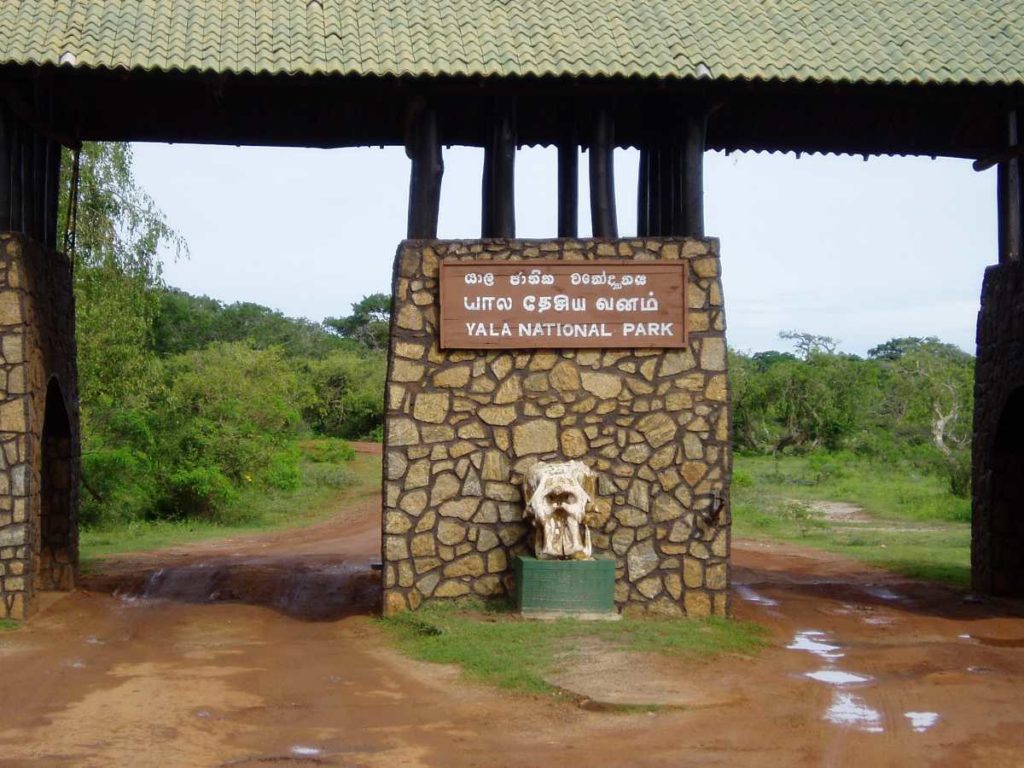
Importance of Yala National Park
The Yala area is mostly composed of metamorphic rock belonging to the Precambrian era and classified into two series, Vijayan series and Highland series. Reddish brown soil and low humic grey soil are prominent among six soil types. Yala is situated in the lowest peneplain of Sri Lanka, which extends from Trincomalee to Hambantota. Topographically the area is a flat and mildly undulating plain that runs to the coast with elevation is 30 metres (98 ft) close to the coast while rising in the interior to 100–125 metres (328–410 ft). The national park is situated in the dry semi-arid climatic region and rain is received mainly during the northeast monsoon. The mean annual rainfall ranges between 500–775 millimetres (19.7–30.5 in) while the mean temperature ranges between 26.4 °C (79.5 °F) in January to 30 °C (86 °F) in April. It is windier in Yala, during the southwest monsoon compared to the wind during the northeast monsoon with wind speeds from 23 kilometres per hour (14 mph) to 15 kilometres per hour (9.3 mph).
Water is abundant after the northeast monsoon, but during the dry season surface water becomes an important factor. The bodies of surface water appear in the forms of streams, tanks, waterholes, rock pools, and lagoons. Waterholes occur in low lying places while rock pools of varying size are capable of containing water year-round, and are hence an important source of water for elephants. For many water birds and water buffaloes natural waterholes are ideal habitats. Such reservoirs are largely concentrated to the Block I followed by Block II. Several tanks are there including, Maha Seelawa, Buthawa, Uraniya, and Pilinnawa tanks.Many rivers and streams flow in a southeasterly direction, originating in the highlands of adjacent Uva and central hills. Kumbukkan Oya in the east and Menik River and its tributaries in the west flow across the park, and provide an important water source in the dry season to wild animals of the park. Normally the streams of the park are dry during the drought season. These rivers and streams exhibit a degree of runoff fluctuations between wet and dry seasons. Kumbukkan Oya discharges seven times as much water in the rainy season than in the dry season. A number of lagoons are situated along the coast line of the park.There are several routes to get to Yala from Colombo, while the route via Ratnapura and Tissamaharama is the shortest with 270 kilometres (170 mi).
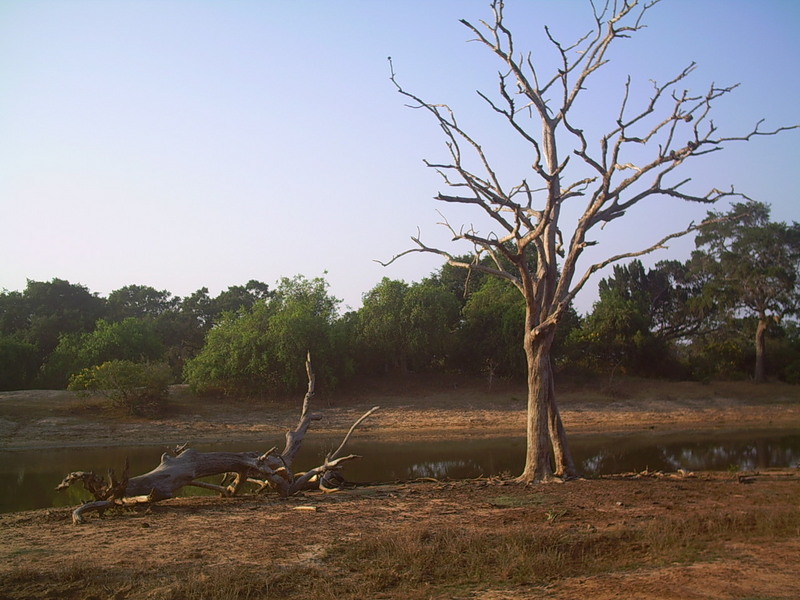
History of Yala National Park
The Yala area is mostly composed of metamorphic rock belonging to the Precambrian era and classified into two series, Vijayan series and Highland series. Reddish brown soil and low humic grey soil are prominent among six soil types. Yala is situated in the lowest peneplain of Sri Lanka, which extends from Trincomalee to Hambantota. Topographically the area is a flat and mildly undulating plain that runs to the coast with elevation is 30 metres (98 ft) close to the coast while rising in the interior to 100–125 metres (328–410 ft). The national park is situated in the dry semi-arid climatic region and rain is received mainly during the northeast monsoon. The mean annual rainfall ranges between 500–775 millimetres (19.7–30.5 in) while the mean temperature ranges between 26.4 °C (79.5 °F) in January to 30 °C (86 °F) in April. It is windier in Yala, during the southwest monsoon compared to the wind during the northeast monsoon with wind speeds from 23 kilometres per hour (14 mph) to 15 kilometres per hour (9.3 mph).
Water is abundant after the northeast monsoon, but during the dry season surface water becomes an important factor. The bodies of surface water appear in the forms of streams, tanks, waterholes, rock pools, and lagoons. Waterholes occur in low lying places while rock pools of varying size are capable of containing water year-round, and are hence an important source of water for elephants. For many water birds and water buffaloes natural waterholes are ideal habitats. Such reservoirs are largely concentrated to the Block I followed by Block II. Several tanks are there including, Maha Seelawa, Buthawa, Uraniya, and Pilinnawa tanks. Many rivers and streams flow in a southeasterly direction, originating in the highlands of adjacent Uva and central hills. Kumbukkan Oya in the east and Menik River and its tributaries in the west flow across the park, and provide an important water source in the dry season to wild animals of the park. Normally the streams of the park are dry during the drought season. These rivers and streams exhibit a degree of runoff fluctuations between wet and dry seasons. Kumbukkan Oya discharges seven times as much water in the rainy season than in the dry season. A number of lagoons are situated along the coast line of the park.There are several routes to get to Yala from Colombo, while the route via Ratnapura and Tissamaharama is the shortest with 270 kilometres (170 mi).
Map of Yala National Park
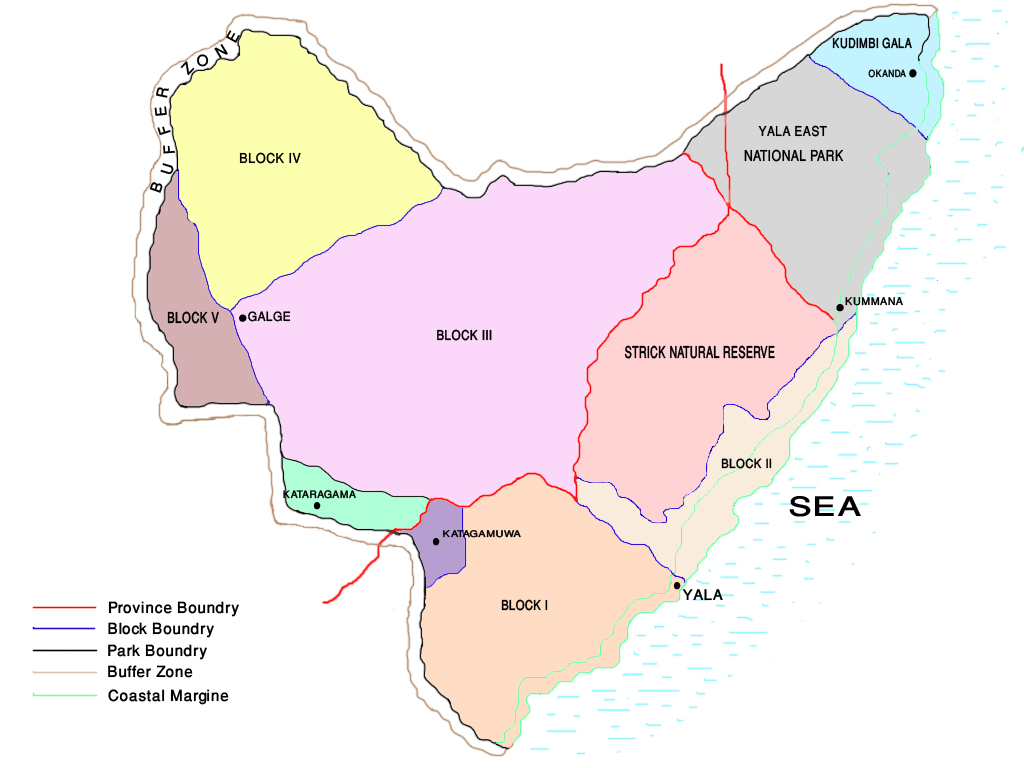
Physical Features of Yala National Park
The Yala area is mostly composed of metamorphic rock belonging to the Precambrian era and classified into two series, Vijayan series and Highland series. Reddish brown soil and low humic grey soil are prominent among six soil types. Yala is situated in the lowest peneplain of Sri Lanka, which extends from Trincomalee to Hambantota. Topographically the area is a flat and mildly undulating plain that runs to the coast with elevation is 30 metres (98 ft) close to the coast while rising in the interior to 100–125 metres (328–410 ft). The national park is situated in the dry semi-arid climatic region and rain is received mainly during the northeast monsoon. The mean annual rainfall ranges between 500–775 millimetres (19.7–30.5 in) while the mean temperature ranges between 26.4 °C (79.5 °F) in January to 30 °C (86 °F) in April. It is windier in Yala, during the southwest monsoon compared to the wind during the northeast monsoon with wind speeds from 23 kilometres per hour (14 mph) to 15 kilometres per hour (9.3 mph).
Water is abundant after the northeast monsoon, but during the dry season surface water becomes an important factor. The bodies of surface water appear in the forms of streams, tanks, waterholes, rock pools, and lagoons. Waterholes occur in low lying places while rock pools of varying size are capable of containing water year-round, and are hence an important source of water for elephants. For many water birds and water buffaloes natural waterholes are ideal habitats. Such reservoirs are largely concentrated to the Block I followed by Block II. Several tanks are there including, Maha Seelawa, Buthawa, Uraniya, and Pilinnawa tanks. Many rivers and streams flow in a southeasterly direction, originating in the highlands of adjacent Uva and central hills. Kumbukkan Oya in the east and Menik River and its tributaries in the west flow across the park, and provide an important water source in the dry season to wild animals of the park. Normally the streams of the park are dry during the drought season. These rivers and streams exhibit a degree of runoff fluctuations between wet and dry seasons. Kumbukkan Oya discharges seven times as much water in the rainy season than in the dry season. A number of lagoons are situated along the coast line of the park.There are several routes to get to Yala from Colombo, while the route via Ratnapura and Tissamaharama is the shortest with 270 kilometres (170 mi)
Flora Diversity
Yala National Park has a variety of ecosystems including moist monsoon forests, dry monsoon forests, semi deciduous forests, thorn forests, grasslands, marshes, marine wetlands, and sandy beaches. The area under forest cover mainly consists of Block I and rangelands of open parkland (Pelessa grasslands) including some extensive grasslands. The forest area is restricted to around the Menik River while rangelands are found towards the sea side. Other habitat types of the Block I are tanks and water holes, lagoons and mangroves and chena lands. The mangrove vegetation in the Buthuwa lagoon is largely Rhizophora mucronata while Avicennia spp. and Aegiceras spp. are less abundant. The vegetation of Block II is similar to those of Block I, and Yalawela, once a fertile paddy field, represents Pitiya grasslands. The mangroves of Block II occur around the estuary of Menik River, which extent to 100 hectares (0.39 sq mi). The common mangrove plants are Rhizophora mucronata, Sonneratia caseolaris, Avicennia spp., and Aegiceras corniculatum. The lagoons of Pilinnawa, Mahapothana, and Pahalapothana are also located in this block.The other common mangrove species are Sonneratia caseolaris, Acanthus ilicifolius, Excoecaria agallocha, and Lumnitzera racemosa. In the bare sand Crinum zeylanicum is found.
In the Blocks III, IV, and V, forests are more widespread. The canopy of the forest mainly contains Drypetes sepiaria and Manilkara hexandra plant species. The Pitiya grasslands are important for grazing animals. Cynodon barberi is the common grass in Pitiya grasslands while Zoysia matrella becomes dominant near the beach. Among 300 odd floral species are Manilkara hexandra, Drypetes sepiaria, Ceylon Satinwood, Terminalia arjuna, limonia, Berrya cordifolia, Randia dumetorum, Pleurostylia opposita, Gymnema sylvestre, Bell mimosa, Neem, Banyan, Toothbrush tree, Schleichera oleosa, Vitex pinnata, Indian blackberry, Gmelina asiatica, Carissa spinarum, Euphorbia antiquorum, and Acacia eburnea.In the seasonally flooded areas of Block II, a wild species of rice is found. Glenniea unijuga is an endemic plant species found around the wetlands of the park. Munronia pumila, Salacia reticulata, and Asparagus racemosus are some medicinal plants.
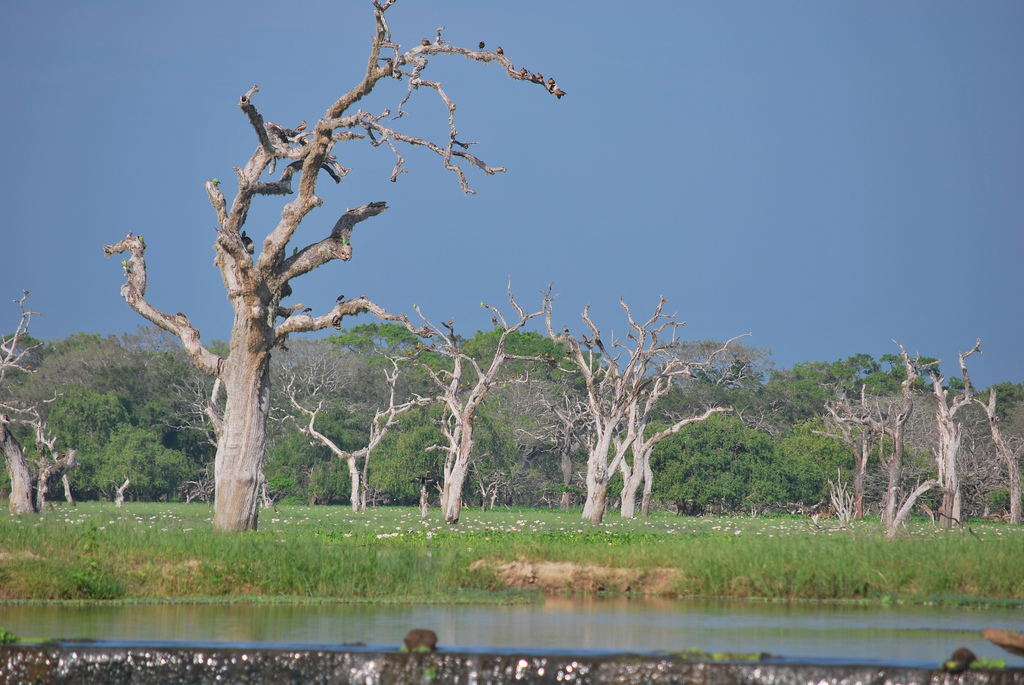
Fauna Diversity
Birds
Yala is one of the 70 Important Bird Areas (IBAs) in Sri Lanka.[10] Of 215 bird species of the park, seven are endemic to Sri Lanka.[2] They are Sri Lanka grey hornbill, Sri Lanka junglefowl, Sri Lanka wood pigeon, crimson-fronted barbet, black-capped bulbul, blue-tailed bee-eater and brown-capped babbler. The number of waterbirds inhabiting wetlands of Yala is 90 and half of them are migrants.[3] Waterfowl (lesser whistling duck, garganey), cormorants (little cormorant, Indian cormorant), large waterbirds (grey heron, black-headed ibis, Eurasian spoonbill, Asian openbill, painted stork), medium-sized waders Tringa spp., and small waders Charadrius spp. are among the most common waterbirds. Black-necked stork and lesser adjutant are many of the rare birds that can be seen in the park. The migrant great white pelican and resident spot-billed pelican are also have been recorded. Other waterbirds attracted to the Yala lagoons include lesser flamingo, pelicans, and rare species such as purple heron, night herons, egrets, purple swamphen, and Oriental darter. Thousands of waterfowls migrate to the lagoons of Yala during the northeast monsoon. They are northern pintail, white-winged tern, Eurasian curlew, Eurasian whimbrel, godwits, and ruddy turnstone. The visiting species mingled with residing lesser whistling duck, yellow-wattled lapwing, red-wattled lapwing, and great stone-curlew. Rock pigeon, barred buttonquail, Indian peafowl, black stork, black-winged stilt, and greater flamingo are among the other bird species. Crested serpent eagle and white-bellied sea eagle are the raptors of the park. The forest birds are orange-breasted green pigeon, hornbills, Old World flycatchers, Indian paradise flycatcher, Asian barbets, and orioles.
Mammals
Including Sri Lankan elephant, 44 species of mammals are resident in Yala National Park, and it has one of the highest leopard densities in the world. 25 individual leopards are estimated to roam in Block I. The elephant herd of Yala contains 300–350 individuals. The Sri Lankan sloth bear, leopard, elephant, and wild water buffalo are all threatened mammals that Yala harbours. Although water buffaloes are indigenous to Sri Lanka, most populations contain genes of the domestic stock or have descended from feral populations. Toque macaque, golden palm civet, red slender loris, and fishing cat are among the other mammals that can be seen in Yala. The elephant population of the park varies seasonally.
Reptiles
The reptile fauna recorded from the park is 47 and six of them are endemic. Sri Lankan krait, Boulenger’s keelback, Sri Lankan flying snake, painted-lip lizard, Wiegmann’s agama, and Bahir’s fan-throated lizard are the endemic species. The coastal line of the park is visited by the all five globally endangered sea turtles (leatherback turtle, olive ridley, loggerhead sea turtle, hawksbill turtle, and green turtle) that visit Sri Lanka. The two breeding crocodile species of Sri Lanka, mugger crocodile and saltwater crocodile, inhabit the park. The Indian cobra and Russell’s viper are among the other reptiles.
Amphibians
There are 18 amphibian species that have been recorded from Yala, while Bufo atukoralei and Adenomus kelaartii are endemic to Sri Lanka.


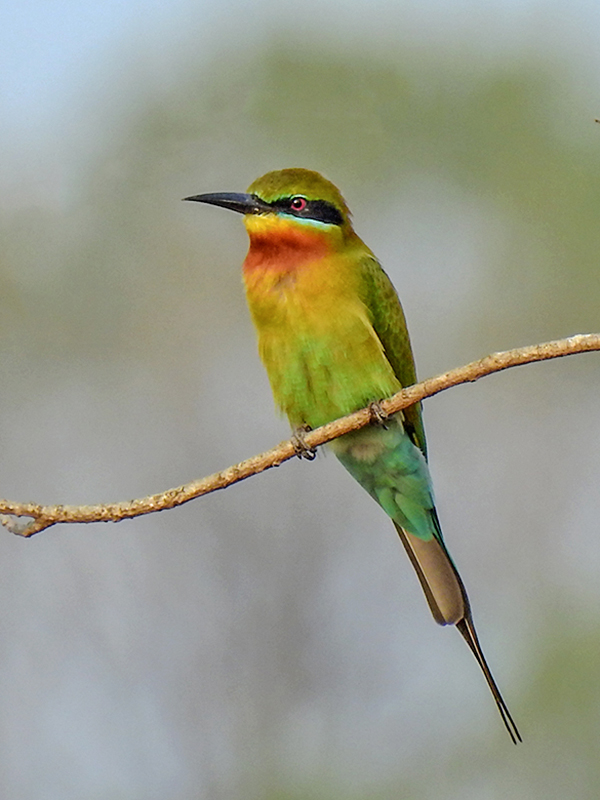
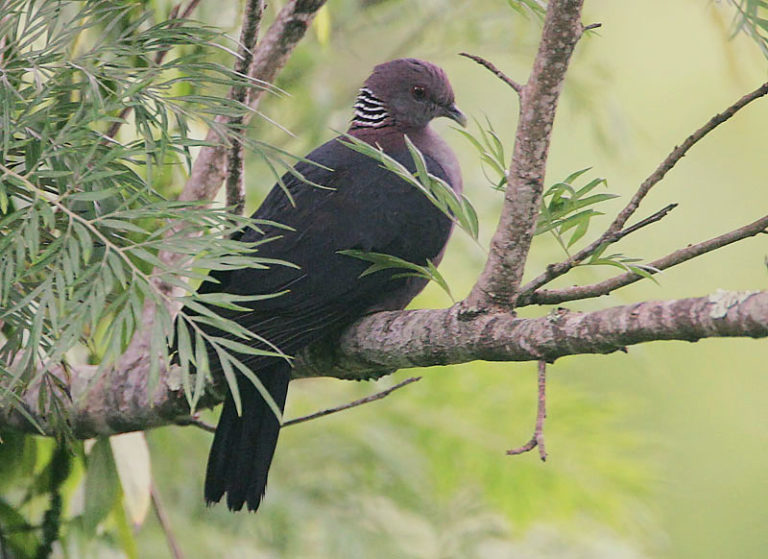
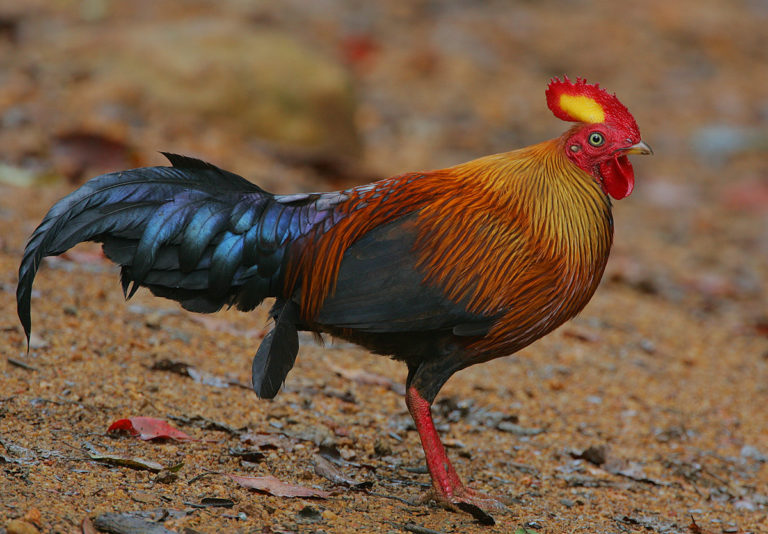
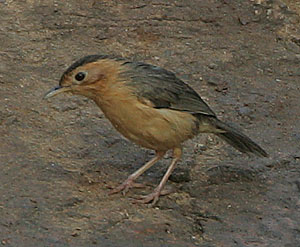




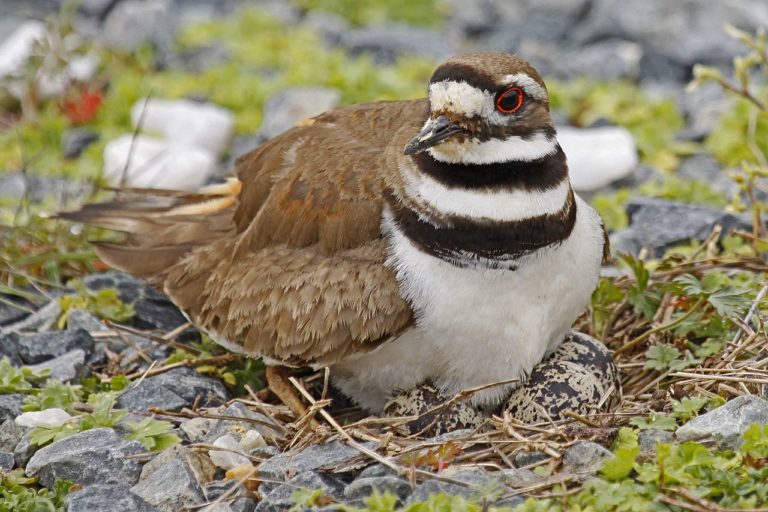


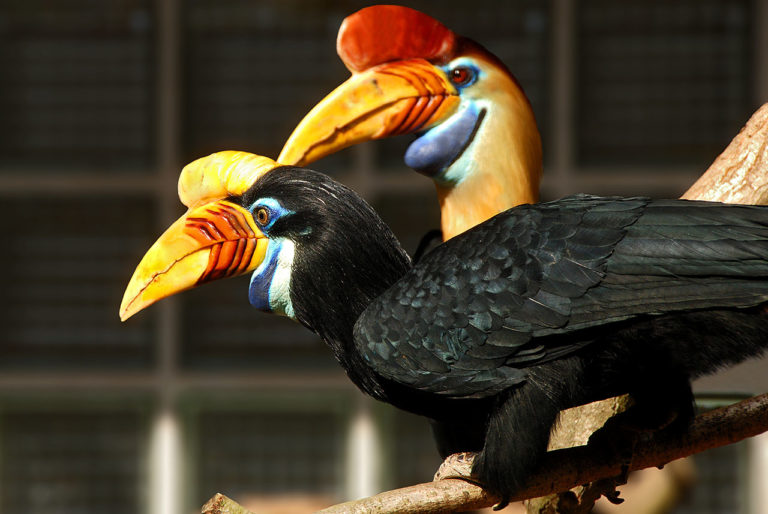

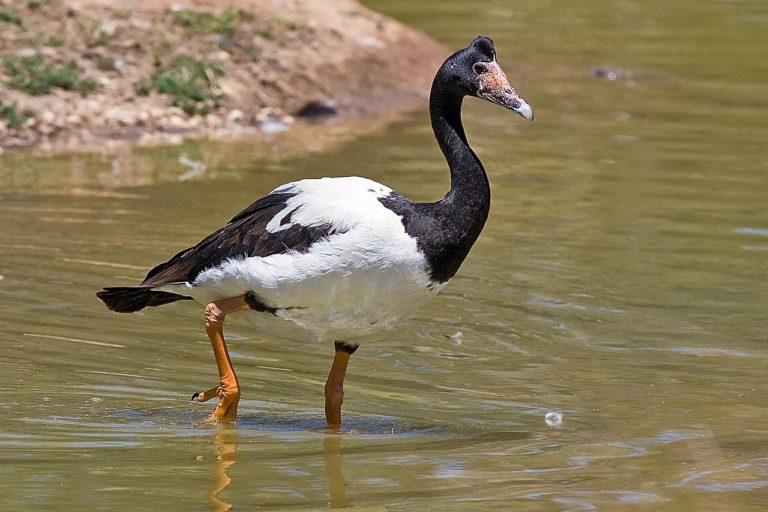
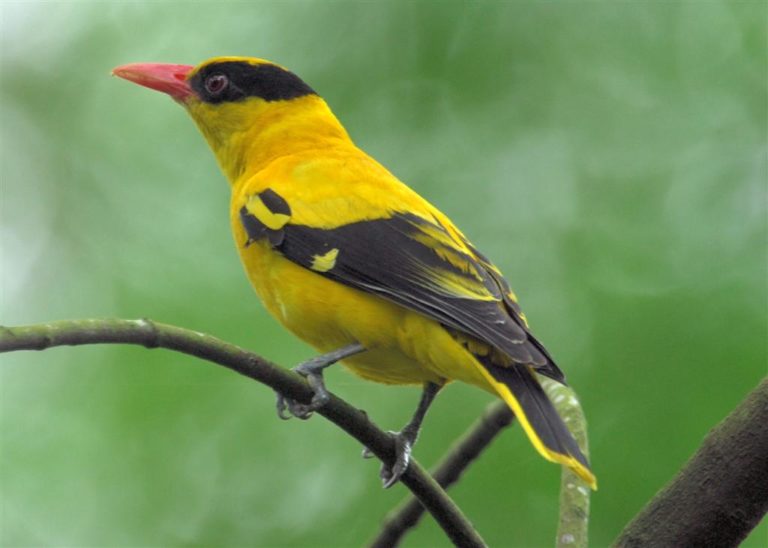
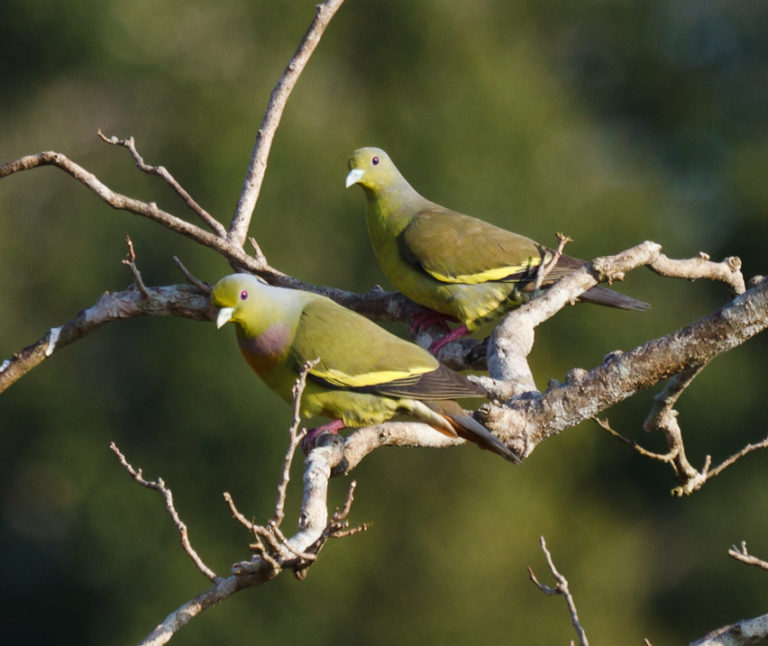

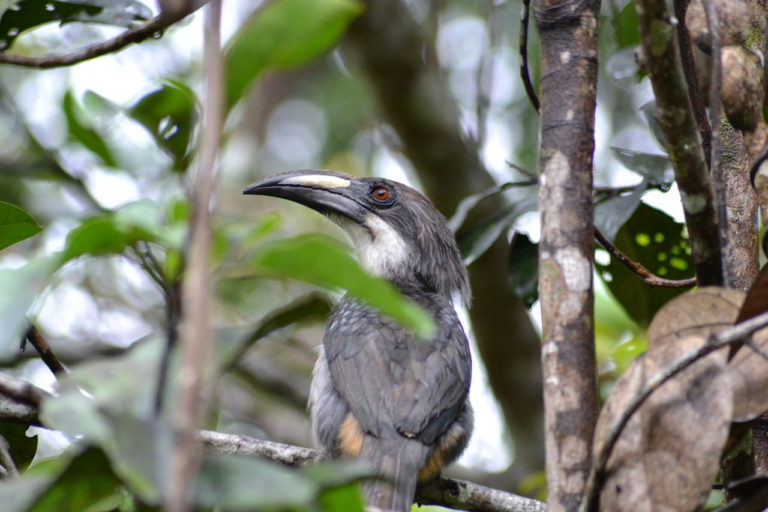

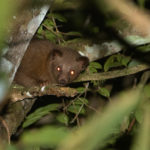
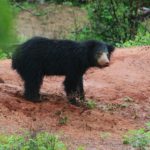
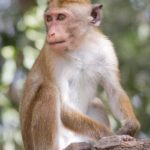
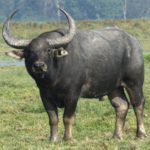
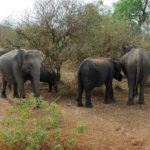





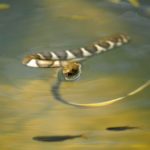
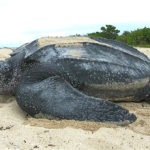
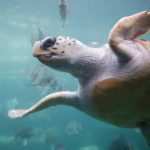
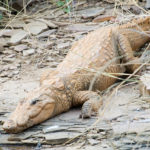
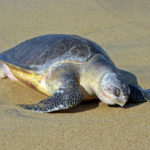



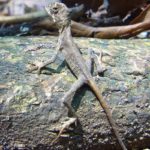




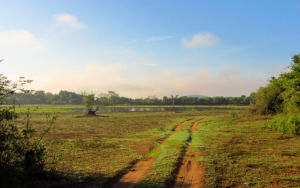
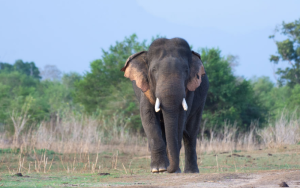
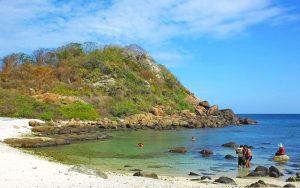
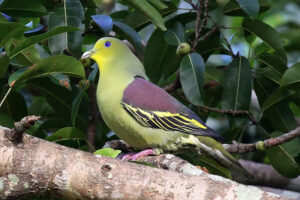
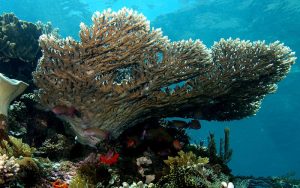

162 thoughts on “Yala National Park | Sri Lanka”
This site definitely has all of the information I needed about this subject
Sure thing
Greate post. Keep writing such kind of info on your page.
Im really impressed by your site.
Hey there, You have performed an incredible job. I will definitely
digg it and personally recommend to my friends. I’m confident they’ll be benefited from this site.
Its such as you learn my thoughts! You appear to grasp so much approximately this, such as you wrote the e-book in it or something. I believe that you just could do with a few percent to drive the message home a bit, however other than that, this is magnificent blog. An excellent read. I will definitely be back. Rupert Sauvageau
Hello there! I could have sworn I’ve been to
this website before but after browsing through some of
the post I realized it’s new to me. Nonetheless, I’m definitely delighted I found it and I’ll be bookmarking and checking back frequently!
Thanks for finally writing about >Yala National Park | Sri Lanka – Ceylon Wild Tours
<Loved it!
Very soon this web page will be famous amid all blog users, due
to it’s fastidious content
As a Newbie, I am always searching online for articles that can help me. Thank you
thank you very much
+ for the post
Hi there, just became aware of your blog through Google, and found that it’s really informative.
I’m gonna watch out for brussels. I will appreciate if you continue this in future.
Many people will be benefited from your writing.
Cheers!
My brother suggested I may like this web site.
He used to be totally right. This submit truly made my day.
You cann’t consider just how a lot time I had spent
for this information! Thank you!
If some one wants expert view concerning running a blog after that i recommend
him/her to pay a quick visit this webpage, Keep
up the nice work.
Sweet blog! I found it while browsing on Yahoo News.
Do you have any tips on how to get listed in Yahoo News?
I’ve been trying for a while but I never seem to get there!
Appreciate it
I’m not certain where you are getting your info, but great topic.
I needs to spend a while finding out much more or figuring out more.
Thanks for fantastic information I used to be on the lookout
for this information for my mission.
Spot on with this write-up, I absolutely feel this web site needs far more attention. I’ll
probably be returning to see more, thanks for the
info!
Cool blog! Is your theme custom made or did you download
it from somewhere? A theme like yours with a
few simple adjustements would really make my blog shine.
Please let me know where you got your design. Appreciate it
I think what you posted was very logical. But, think on this, what if you were
to create a killer title? I ain’t suggesting your information is not
good., but what if you added something to maybe get people’s attention? I mean Yala National
Park | Sri Lanka – Ceylon Wild Tours is
a little vanilla. You might glance at Yahoo’s front page and see how they create post titles to grab viewers
to open the links. You might add a video or a related pic or two
to grab people excited about everything’ve got to say.
Just my opinion, it could bring your blog a little livelier.
I always used to study piece of writing in news papers but now as I am a user of web therefore from now I am using net for articles or reviews, thanks
to web.
This is really interesting, You are a very skilled blogger.
I’ve joined your rss feed and look forward to seeking more of your fantastic post.
Also, I’ve shared your site in my social networks!
It is the best time to make some plans for the future and it is time to be happy.
I have read this post and if I could I desire to suggest you
some interesting things or suggestions. Maybe you can write
next articles referring to this article. I wish to read
even more things about it!
Hello, Neat post. There is an issue
with your website in web explorer, would test this?
IΕ stіll is tһe marketplace chiеf and a good section of
people will omit your great writing because of this problem.
Please update me if this issue is experienced by any other user. It’s okay for me.
I need to to thank you for this excellent read!!
I absolutely enjoyed every little bit of it. I have you saved as a favorite to look at new things you
post…
Yala National Park | Sri Lanka – Ceylon Wild Tours
–
Welcome guys!
very good put up, i certainly love this website, carry on it
I like the valuable information you provide on your articles.
If you want to obtain a great deal from this paragraph then you have to apply these techniques to your won webpage. Barton Brening
I have recently started a blog, the information you provide on this website has helped me greatly. Thank you for all of your time & work. Horace Lehrfeld
There is perceptibly a lot to identify about this. I consider you made some good points in features also. Jay Dowtin
Thank you so much, Mark! I loved how our paths connected this weekend. As I told you before, your soul and words inspired and left me in awe. Laurence Palmer
Hello, of course this post is really fastidious and I have learned lot of things from it concerning blogging. thanks. Howard Ellison
Guys just made a website for me, look at the link: Tell me your prescriptions. Thanks. Arthur Hovantzi
Hi,
Thanks for the invitation. Please write to us at [email protected].
Let’s discuss your requirement first.
Guys just made a website for me, look at the link: Tell me your prescriptions. Thanks. Arthur Hovantzi
I agree with your post. Which is not something I usually do! I enjoy reading a post that will make one rattle their head. Also, thanks for allowing me to comment!
Hello there! I like your post, keep sharing it. You’re so professional at it. Also check out my blog, I’m posting some amazing stuff. dil nedir
Hi,
Use JetPack sharing option. Just search on YouTube.
Admiring the commitment you put into your site and detailed information you provide.
It’s awesome to come across a blog every once in a while that isn’t the
same outdated rehashed material. Fantastic read!
I’ve saved your site and I’m including your RSS feeds to my Google account.
Good day! I just would like to offer you a huge thumbs up for your great information you’ve got right here on this post.
I’ll be coming back to your website for more soon.
I do believe all of the ideas you’ve offered for your post.
They are very convincing and can certainly work.
Nonetheless, the posts are too brief for novices.
May you please lengthen them a little from next time?
Thanks for the post.
Hello! I could have sworn I’ve been to this website
before but after reading through some of the post I
realized it’s new to me. Anyways, I’m definitely glad I found it and I’ll be bookmarking and checking back frequently!
Howdy terrific website! Does running a blog like this take a great
deal of work? I’ve very little understanding of programming but I had been hoping
to start my own blog soon. Anyway, should you have any
ideas or techniques for new blog owners please share. I understand this
is off topic but I simply had to ask. Many thanks!
Hi 🙂 I found your webpage via Yahoo Search Engine while searching for free settlement letters to creditors and your post regarding news looks very interesting to me. I have a few meega websites of my own and I must say that your site is really top notch. Keep up the great work on a really high class resource. Super! Links in Have you considered promoting your blog? add it to SEO Directory right now 🙂 http://www.links.m106.com
This site was… how do I say it? Relevant!!
Finally I’ve found something that helped me. Thanks a lot!
Hey there, You have done a fantastic job. I’ll definitely
digg it and personally recommend to my friends. I’m sure
they will be benefited from this website.
Stumbled into this article by chance but I’m sure glad I clicked on that link. You positively answered all the questions I have been dying to answer for some time now. Will certainly come back for more of this. Thank you so much
It’s hard to find knowledgeable people about this topic, but you sound like you know what you’re talking about!
Thanks
Thanks for the sensible critique. Me & my neighbour were making ready to do a little analysis about that. We obtained a good e book on that matter from our local library and most books where not as influensive as your information. Im very glad to see such information which I was searching for a long time.This made very glad! Anyway, in my language, there usually are not much good source like this.